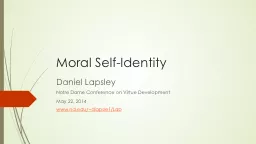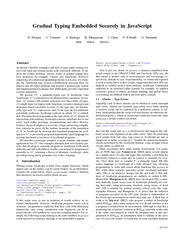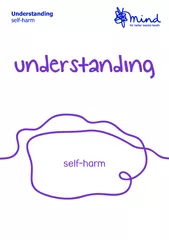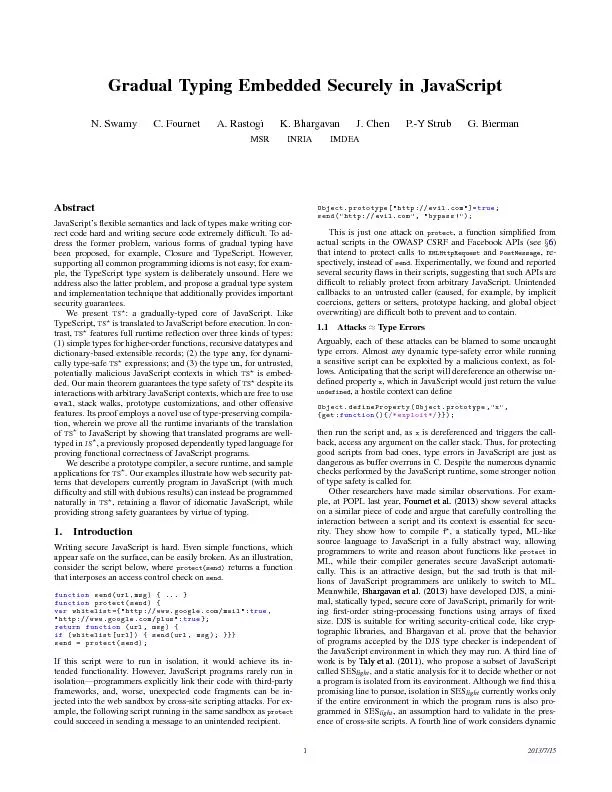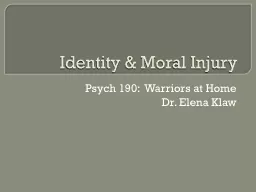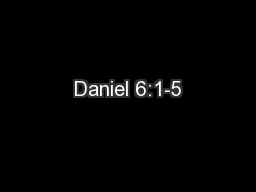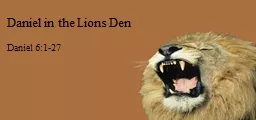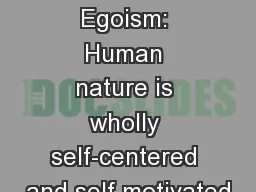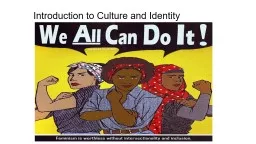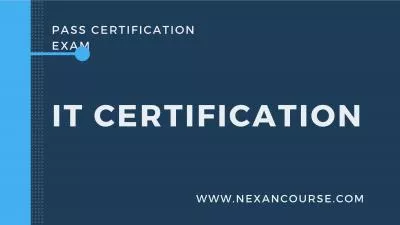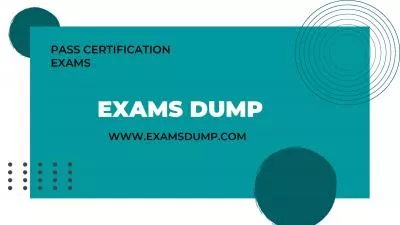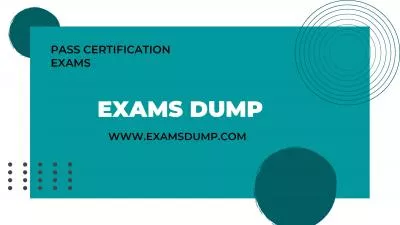PPT-Moral Self-Identity Daniel
Author : marina-yarberry | Published Date : 2019-06-30
Lapsley Notre Dame Conference on Virtue Development May 22 2014 wwwndedudlapsle1Lab 1 Overview Situate moral selfidentity Ethical theory Developmental psychology
Presentation Embed Code
Download Presentation
Download Presentation The PPT/PDF document "Moral Self-Identity Daniel" is the property of its rightful owner. Permission is granted to download and print the materials on this website for personal, non-commercial use only, and to display it on your personal computer provided you do not modify the materials and that you retain all copyright notices contained in the materials. By downloading content from our website, you accept the terms of this agreement.
Moral Self-Identity Daniel: Transcript
Download Rules Of Document
"Moral Self-Identity Daniel"The content belongs to its owner. You may download and print it for personal use, without modification, and keep all copyright notices. By downloading, you agree to these terms.
Related Documents

